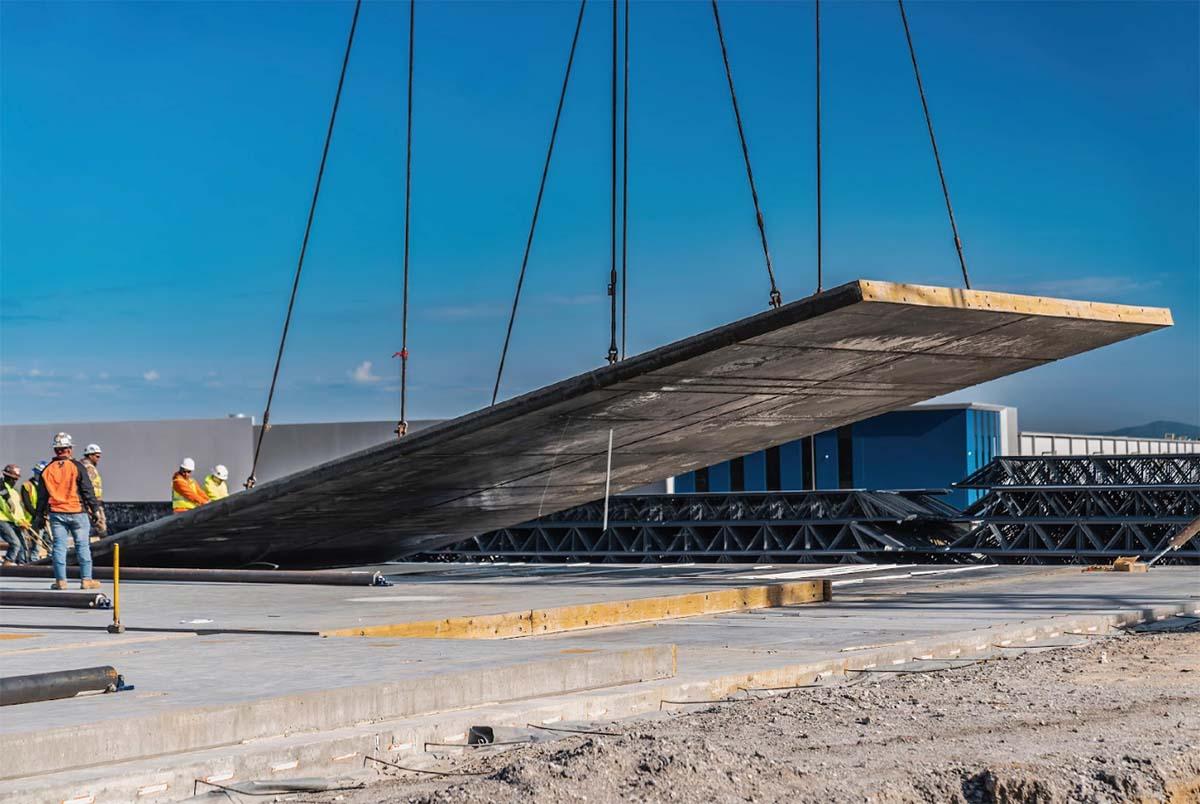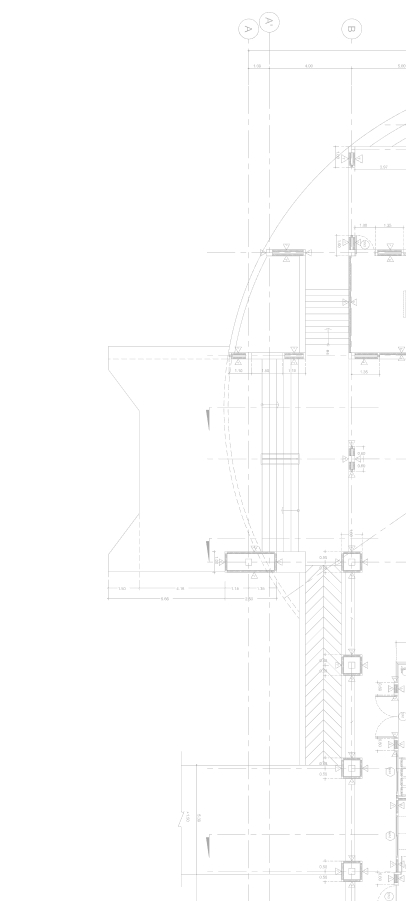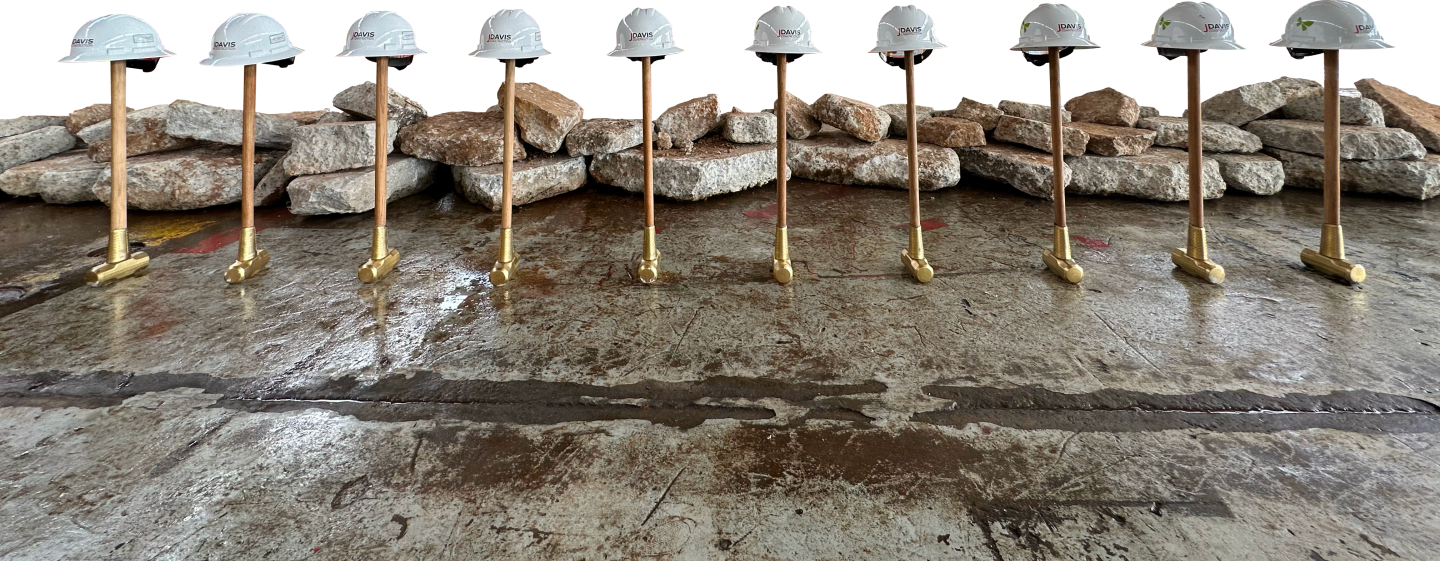article
Elevating Project Results Begins With A Properly Prepared Construction Site
by: Jason Palmer

Elevating Project Results Begins With A Properly Prepared Construction Site
At J. Davis Construction, we know that a well-prepared construction site is the key to a smooth, safe, and efficient project. It sounds like common sense, right? But here’s the thing—proper planning and organization often get overlooked, leading to delays, unexpected costs, and subpar results. Investing time in preparation before construction begins can save you money, minimize risks, and keep your project on track.
So, what does it take to prepare a proper construction site? Here are the essentials:
1. Plan Your Project and Design
Start with a solid plan. Clear objectives, defined roles, and a detailed timeline are non-negotiable. A well-thought-out project schedule keeps everyone aligned, with tasks, milestones, and deadlines laid out.On the design side, architectural plans, engineering drawings, and specifications ensure your team is working from the same playbook, making the process smoother for everyone involved.
2. Assess the Site
A thorough site assessment is critical.
- Soil testing determines the ground’s ability to support your structure safely.
- Environmental assessments flag potential hazards like contaminated soil, wetlands, or protected species, allowing time to create mitigation plans if needed.
3. Prioritize Safety
Safety isn’t optional—it’s a cornerstone of success.
- Establish safety protocols for tool use, emergency procedures, and hazard awareness.
- Host regular safety meetings and provide training to keep workers informed.
- Make sure everyone has proper PPE like hard hats, gloves, safety glasses, and steel-toed boots.
4. Clear and Prepare the Site
Before construction starts, clear the way.
- Remove trees, shrubs, rocks, and debris that could slow progress.
- If demolition is required, ensure it’s done safely and with all necessary permits.
5. Set Up Utilities and Infrastructure
Your site needs water, electricity, and gas to function.
- Plan for temporary utility installations if these services aren’t available.
- Provide facilities for workers, such as portable toilets, handwashing stations, and break areas to keep morale high.
6. Stay Environmentally Compliant
Construction projects must respect environmental regulations.
- Obtain permits for activities like wetland or wildlife protection.
- Use erosion control measures, such as silt fences, to prevent soil runoff into nearby water sources.
7. Ensure Access and Mobility
Efficient access is crucial for smooth operations.
- Build access roads and pathways for equipment and materials.
- Develop traffic management plans to keep workers safe and reduce disruptions to the surrounding area.
8. Organize Materials and Equipment
- Store construction materials securely and in weather-resistant areas to prevent damage or theft.
- Regularly maintain equipment to avoid unexpected breakdowns and delays.
9. Provide Temporary Utilities and Waste Services
- Set up generators, water tanks, and sewage pumps if permanent utilities aren’t available.
- Arrange for waste disposal services, including recycling options, to minimize your environmental impact.
10. Secure the Site
Protect your site with strong security measures.
- Install perimeter fencing, security cameras, and controlled access points to deter theft and vandalism.
- Use locks and tracking systems for equipment to enhance security and recovery efforts if needed.
These steps lay the groundwork for a successful construction project. Proper preparation ensures your project starts strong, stays on track, and maintains safety, compliance, and efficiency throughout.
Are you ready to prepare your site to build? Call J. Davis Construction at 864-972-4720 or visit us at jdavisgc.com to learn more about our services.


